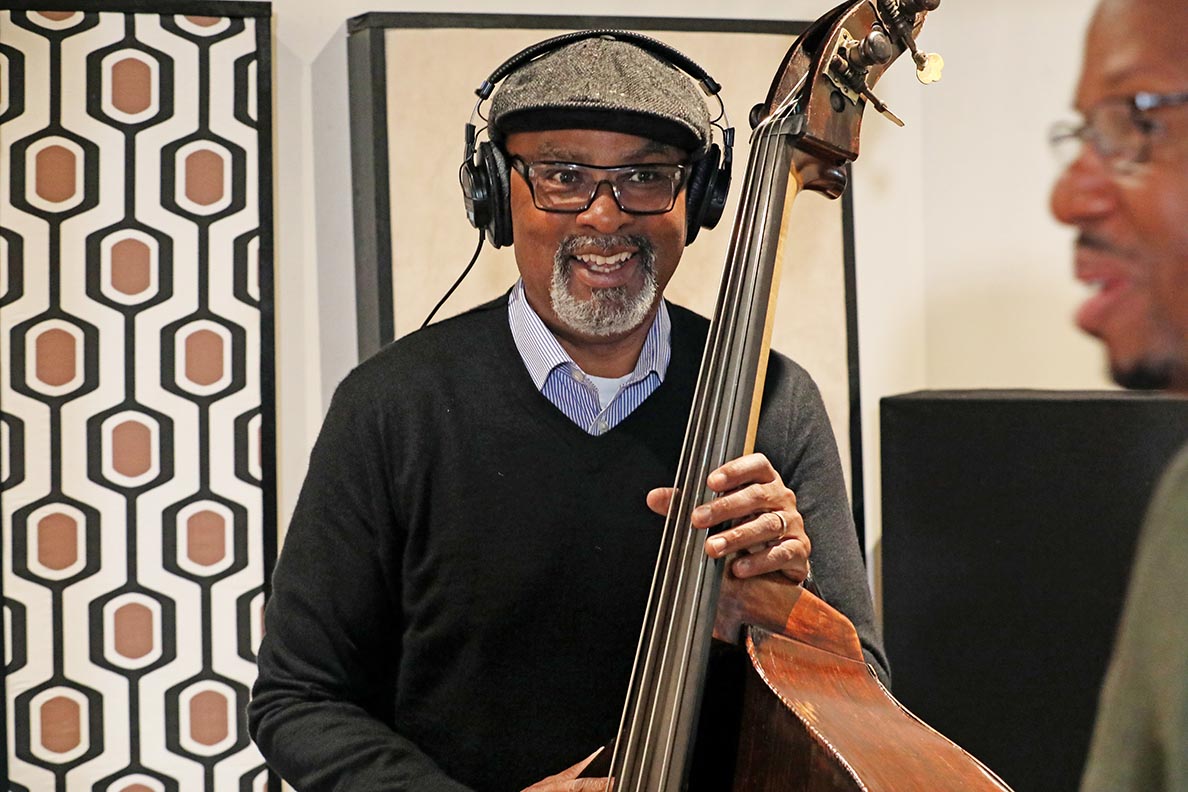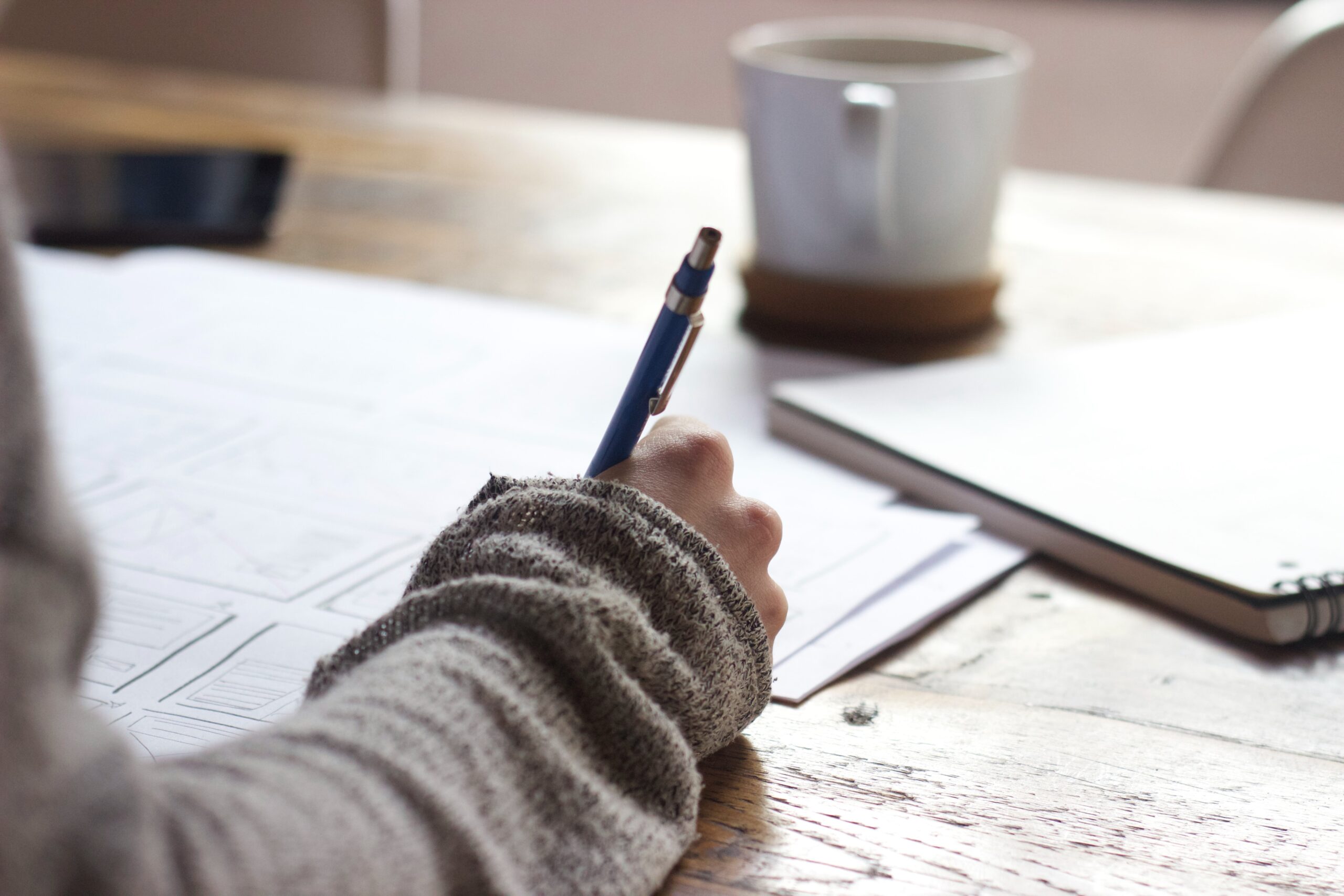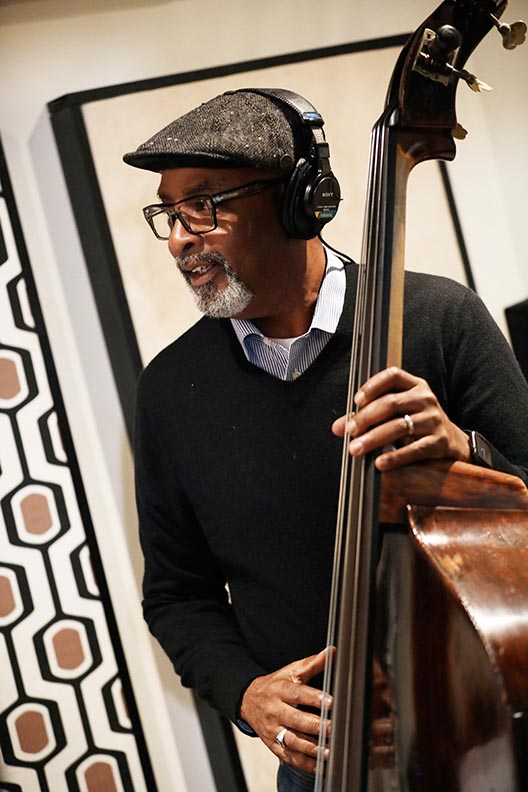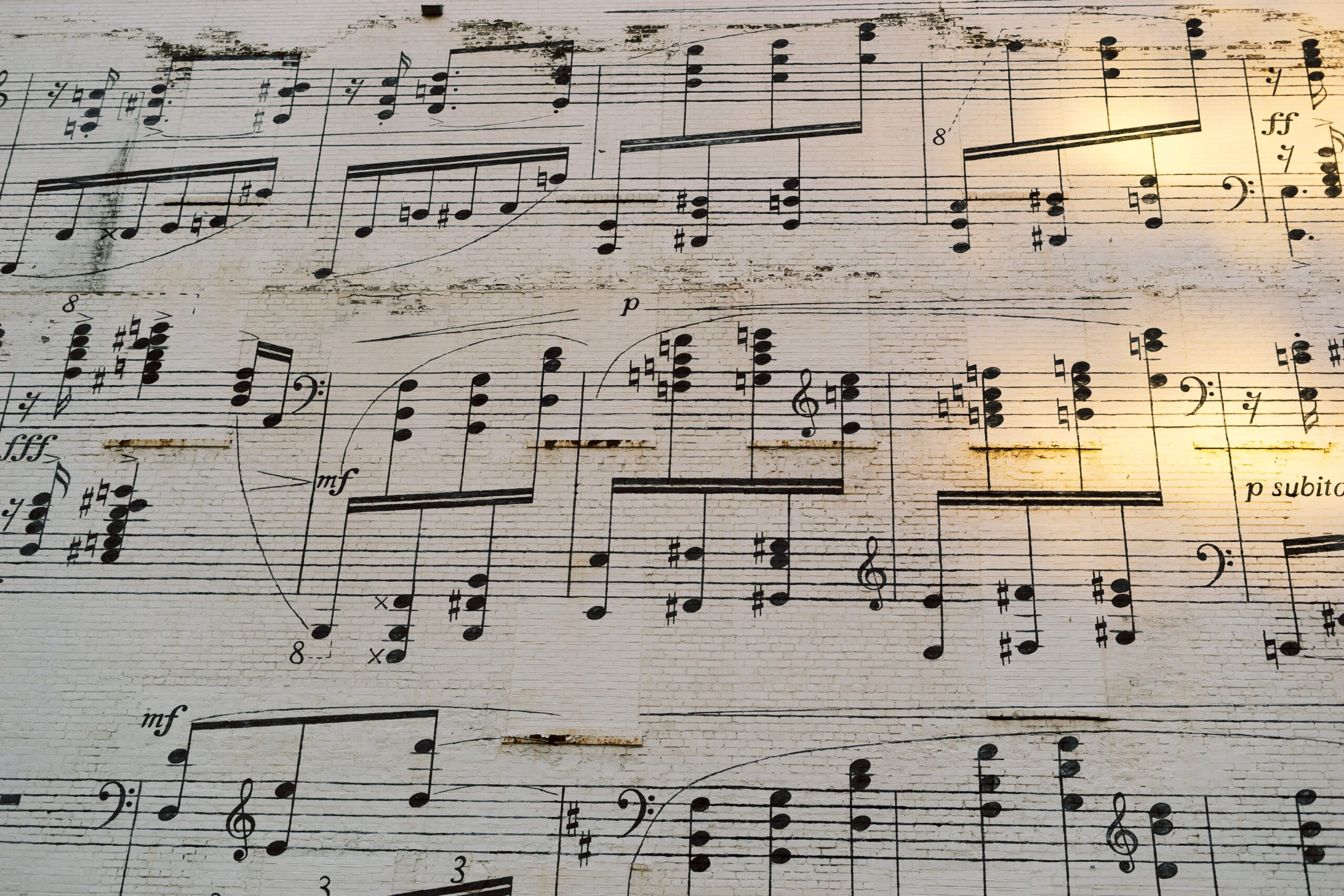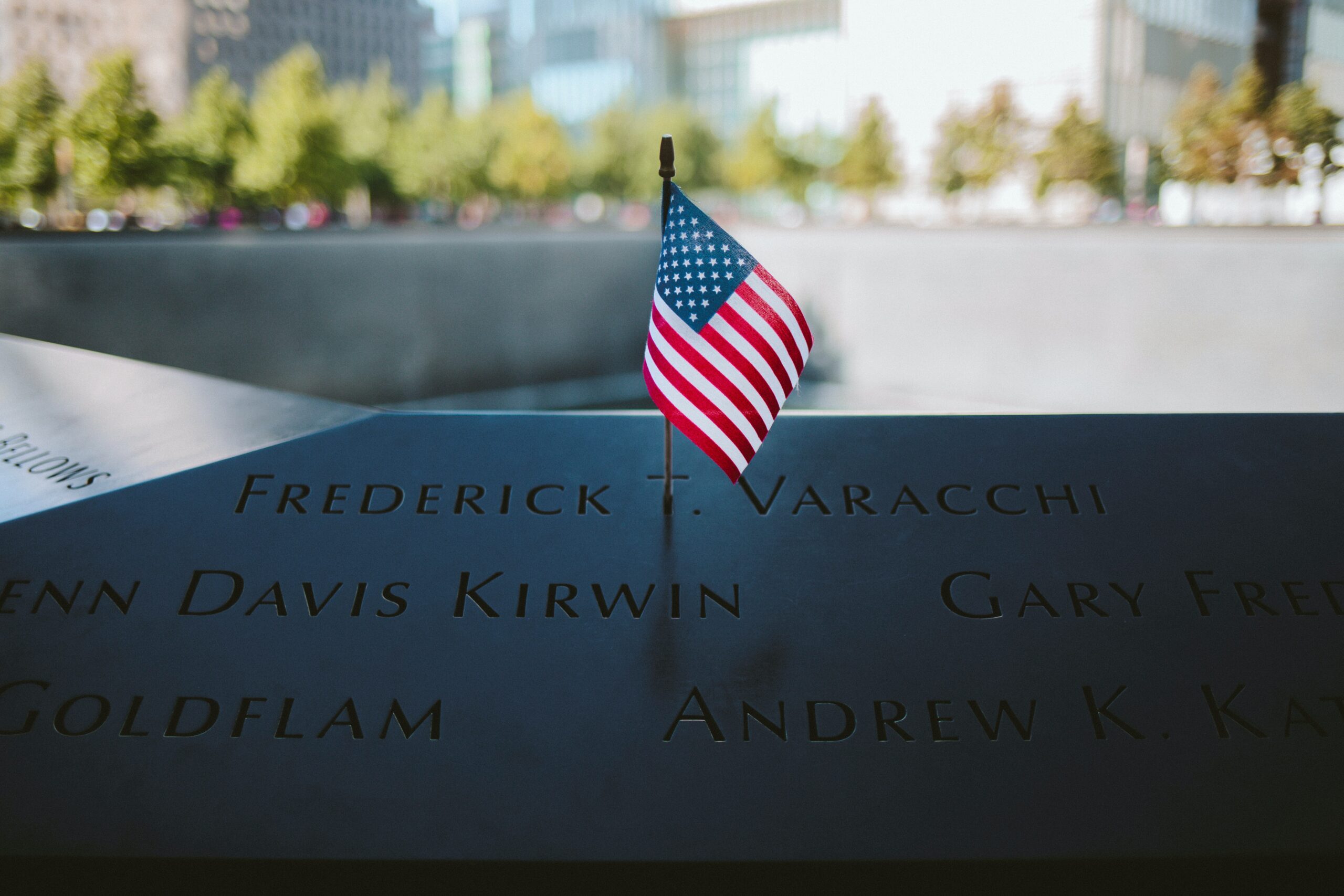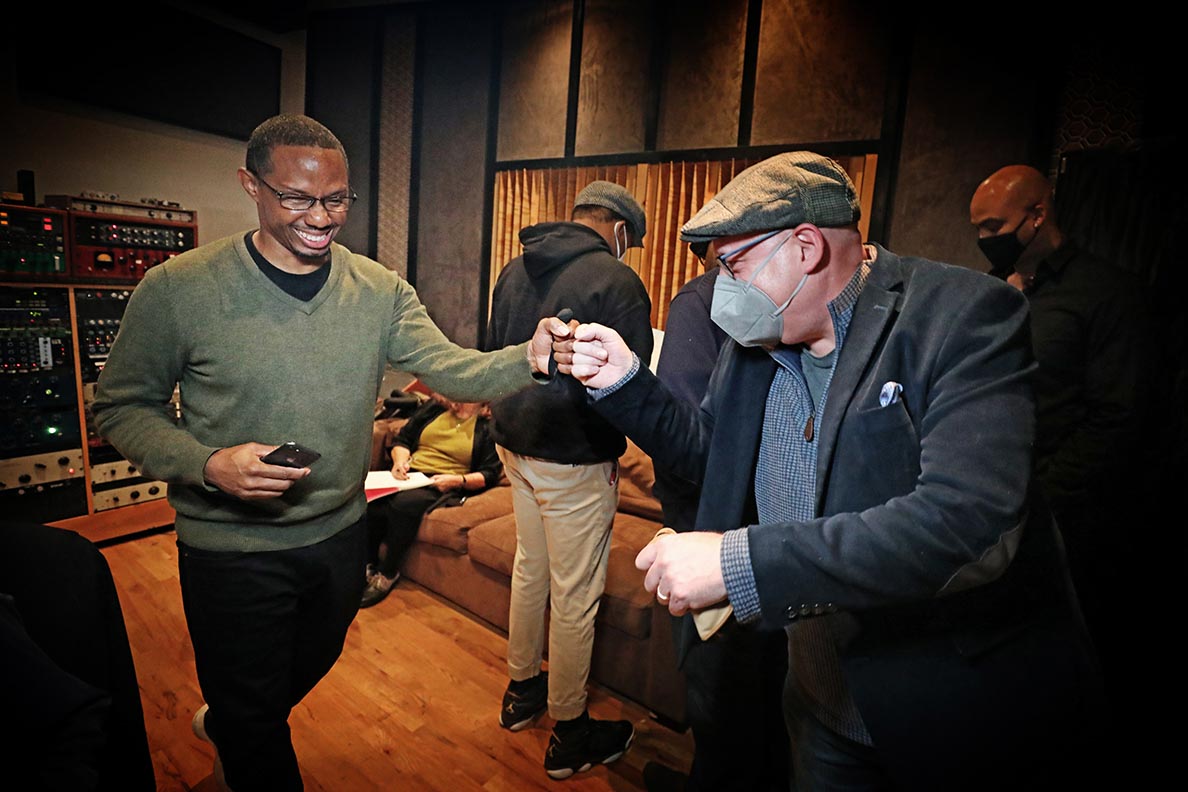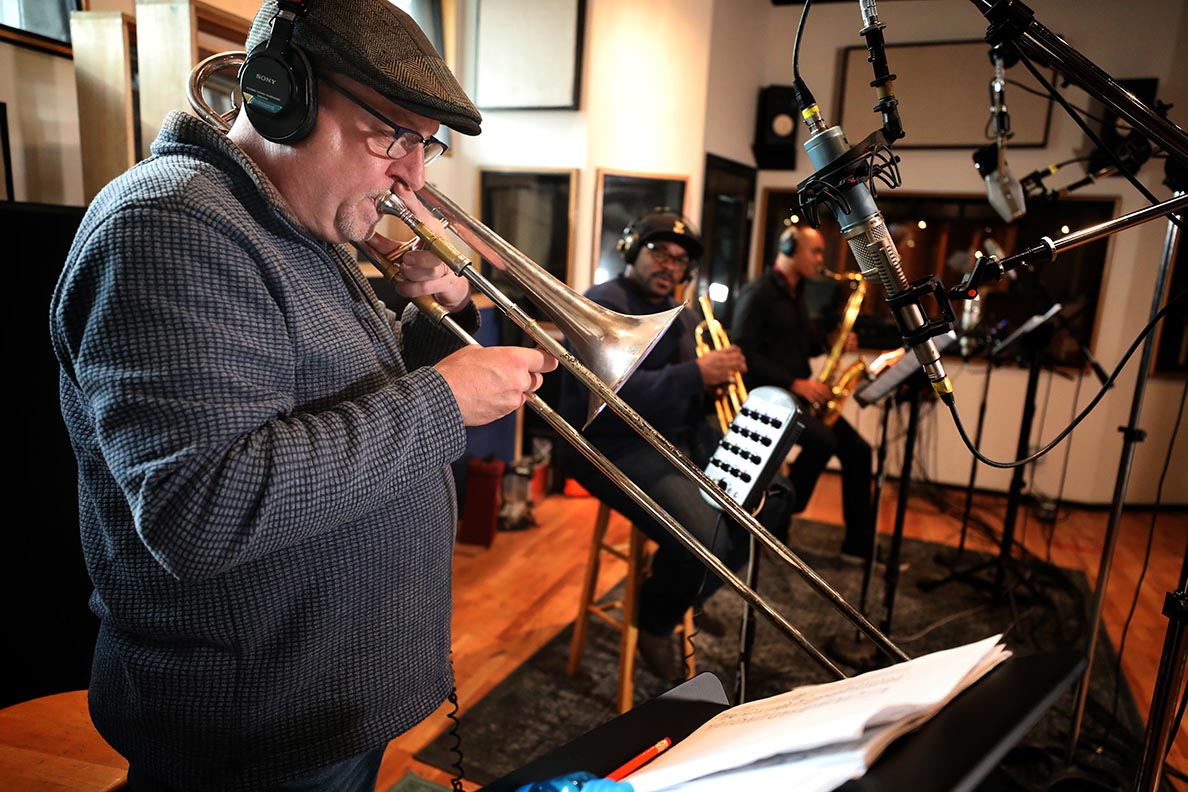Feature Friday Q&A With Gerald Cannon Part III
Time for our final installment in the Q&A series with jazz bassist, composer and painter, Gerald Cannon. Today we discuss his experiences recording the album My Ship and get to know a bit more about his visual art.
JK: What was it like recording the album My Ship?
GC: Oh it was great! You know it was with my longtime musical companion Willie Jones and everybody. The band are all seasoned musicians who I know very well. The album is very beautiful; it’s like a ballad record if I remember correctly. I love ballads. It was very mature. A very mature record. I remember thinking like, it’s a definite grown-up record and the musicians were seasoned and we’re all friends. It was fun!
JK:I’m glad y’all had fun! I talked to Steve Davis the other day and he had so many great things to say about it.
GC: Yeah, I think pretty much all of us have been on the road together in one situation or another. Those are the kind of record days that are very special. Cause they’re not always like that. It was very easy and, like I said, very seasoned. Very mature. And musical. Cause we all know each other’s playing. It wasn’t hard at all. It was great! I can’t wait to hear it, I don’t think I’ve heard it yet.
JK: Well, all the songs are on YouTube!
GC: Oh okay, I’ll check it out.
JK: So, do you have a favorite song on the album?
GC: I mean My Ship is definitely one of my favorite songs. That’s a beautiful, beautiful melody. But they’re really all my favorites! I’m an Old Beatles fan. I remember when I bought my first Beatles record. Those are the greatest bass lies. The bass lines are classic. I play them all the time on upright during solos and stuff.
JK: I saw that you had an art show recently. Congratulations!
GC: Thank you! Yeah, I have another one coming up in October in New York. The gallery is in Greenwich Village. I’m really looking forward to that show.
JK: Do you think your music inspires your painting or vice versa?
GC: Yeah, they inspire each other. I think the way I play is definitely connected to the way I paint. Kind of loose and abstract but within the form.
JK: That’s great that you’re able to do both!
GC: Yeah, I’m blessed.
If you’re still eager for more Gerald Cannon, you can listen to him play in the album My Ship, which is available in our store and on all major music platforms today.



